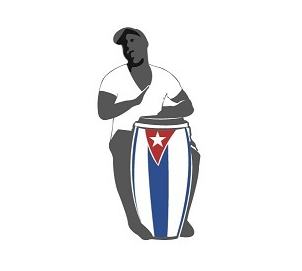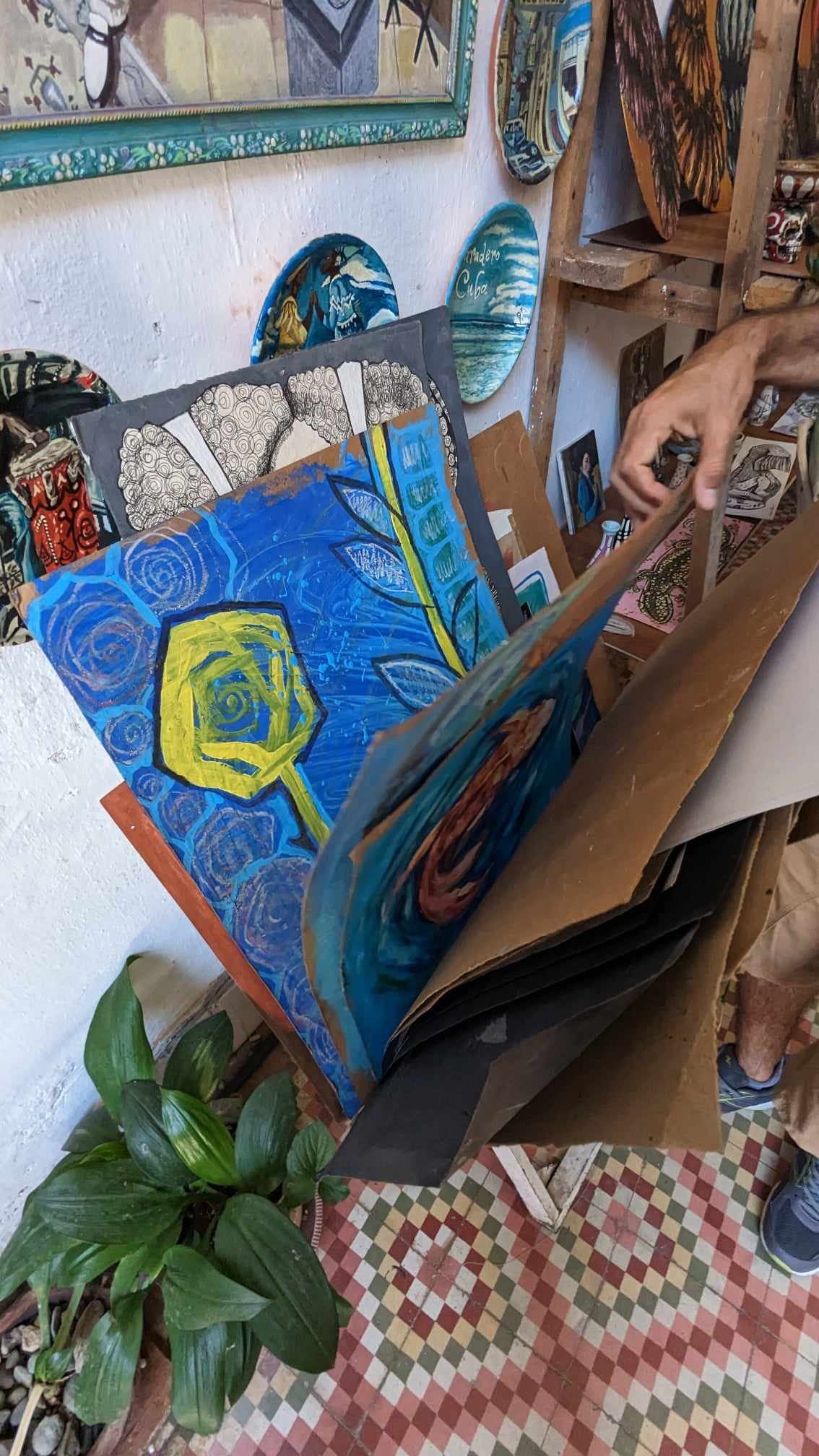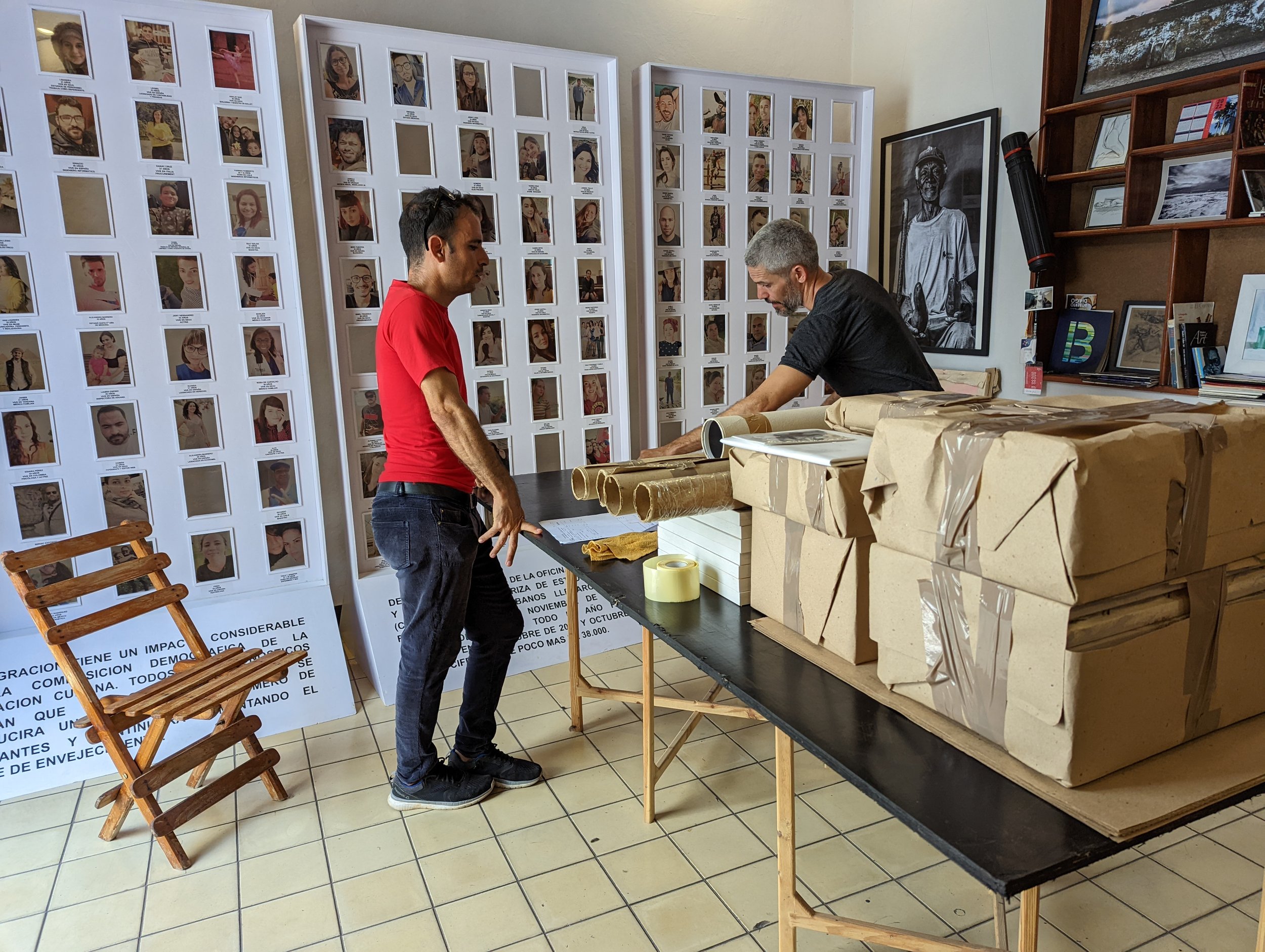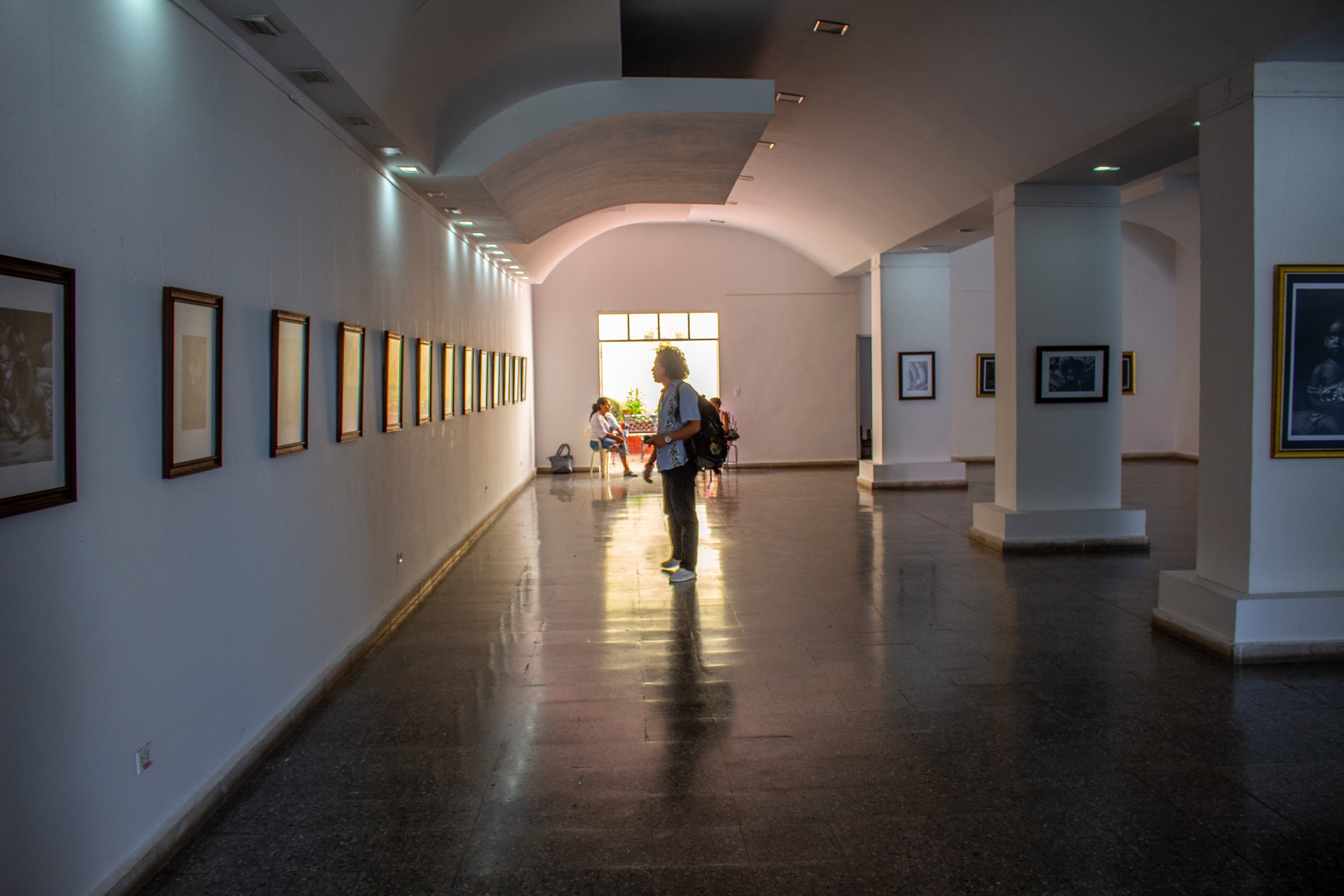Origins of the Athens of Cuba - A Canvas of Creativity
Matanzas continues to live up to its reputation as a haven for exceptional artists of all types. Once referred to as Cuba’s City of Art, the early poets and playwrights of the city laid the foundation for an enduring artistic and cultural heritage that persists to the present day.
Grand entrance at Teatro Sauto
During the early development of Matanzas, the merits of its deep harbor and fertile soil lead to a concentration of wealthy landowners and merchants settling around her shores. The population experienced many surges in growth, most notably at the turn of the 19th century during a period marked by the booming expansion of the sugar industry. With that growth came the rise of an affluent society, and a vibrant art scene began to take shape.
Theatres began to be constructed to meet the growing demand for the arts. Teatro Sauto was built in 1863, becoming a focal point for the community's artistic aspirations. The Artistic and Literary Liceo was founded in 1863 as an art school and is now known as the José White Concert Hall, and the nearby Spanish Casino, built in 1864, once had a grand ballroom for entertaining the city’s elite.
From its earliest days, the city was home to the likes of Bonifacio Byrne (1861-1936), who wrote the famous poem ‘My Flag’, José Jacinto Milanés (1814-1863), considered Cuba’s best playwright, and composers such as Miguel Faílde (1852-1921) who penned the first official Danzón piece called ‘Las Alturas de Simpson’. His great-great grandson Ethiel Faílde continues his legacy today as the director of Orquesta Faílde, entertaining audiences both in Cuba and abroad.
Painter Adrian Socorro in his studio El Garabato
Some of the city’s more contemporary artists include the influential Cuban poet Carilda Oliver (1922-2018), whose work focused on themes of love and the societal roles of women, and whose home at 81 Tirry Street is now a museum. Los Muñequitos de Matanzas, one of the most highly praised Cuban rumba groups both in and beyond Cuba, resides in the neighbourhood of La Marina. There are talented painters such as Adrian Soccorro and gifted sculptors such as Osmany Betancourt (known as Lolo), both of whom have studio galleries along Calle Narváez, the riverfront walkway which has become known as the art district. And we can’t forget the enigmatic Salomón, a painter and sculptor who’s studio on the newly developing Calle Comercio is a must-see for any art lovers.
There is also an abundance of talented photographers like Julio César García, David López and Ramón Pacheco, dance groups such as Novadanza and Danza Espiral, theatrical groups like El Mirón Cubano, puppet theatres such as Teatro Papalote and so many others who all contribute to this cultural mosaic.
Kenia Carrazana, Director of Novadanza ©Adversy Alonso
Matanzas celebrates her artistic heritage through ongoing exhibits in the bars, cafes and studios along Calle Narváez, in galleries such as Galería Pedro Esquerré, and frequent showings at different venues around town. There are festivals such as the International Fiesta del Danzón, the Callejero Street Festival featuring amazing street performers, and the prestigious Bienal de la Habana, the biannual international Cuban arts festival which includes Matanzas as one of its main venues.
This active and vibrant art scene, a compact community which is very accessible to tourists and locals alike, is a distinctive attribute of the city. Matanzas’ rich history and confluence of diverse artistic expressions contribute to its well-deserved reputation as a cultural centre, worthy of being labelled the Athens of Cuba.












